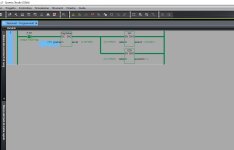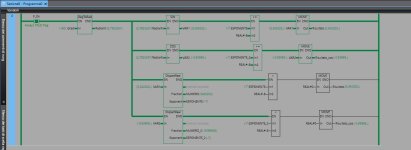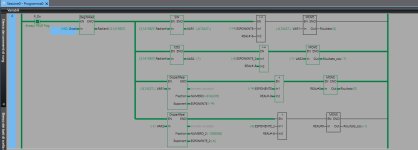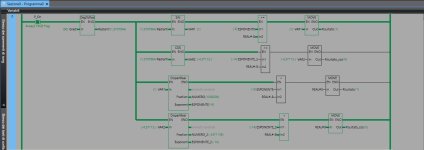Good morning everyone, I'm having difficulty using the "sin" and "cos" functions in sysmac, in particular the results of the functions are not correct, for example if I convert 180° into radians, with the result 3.14159 and then I do "sin", the result is -8.74227 when it should be 0. Could anyone tell me how to solve the problem? Thank you all










